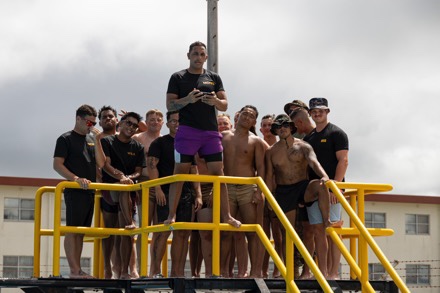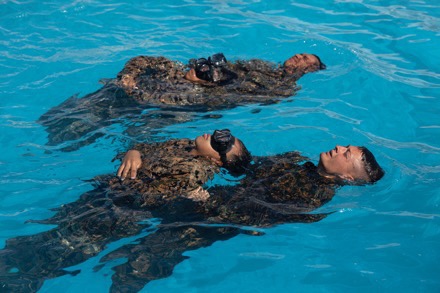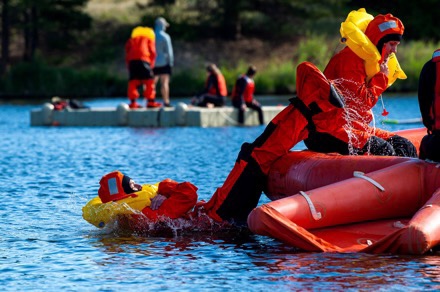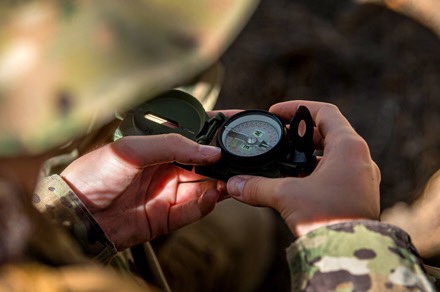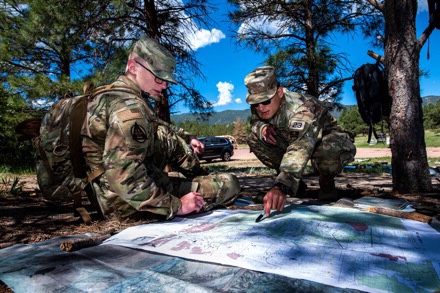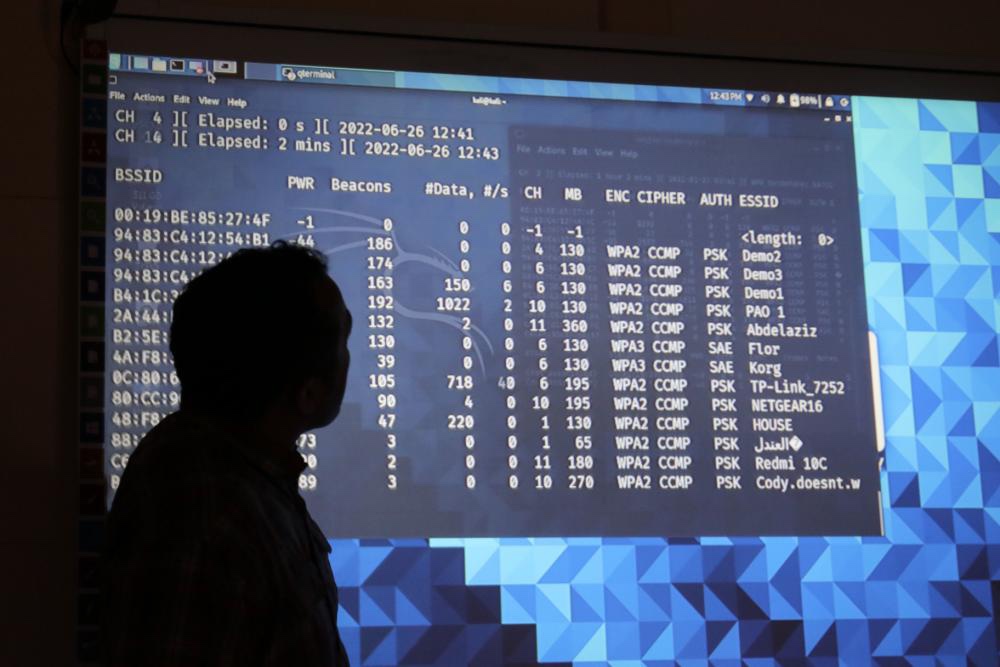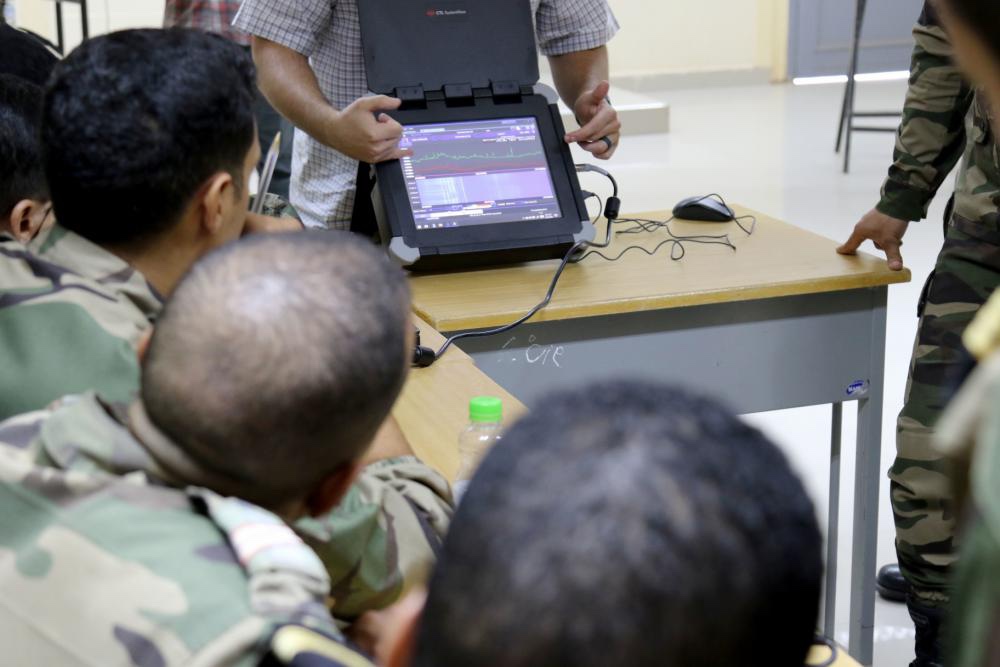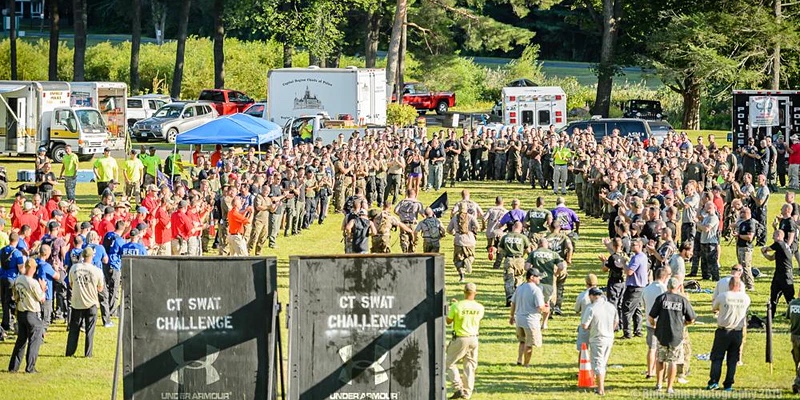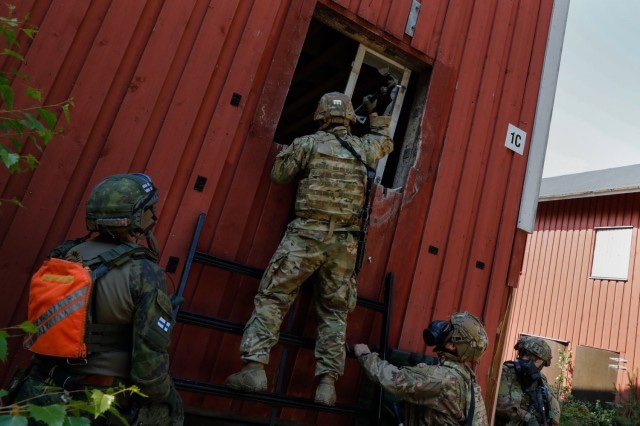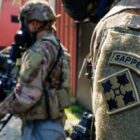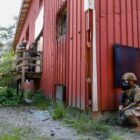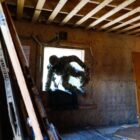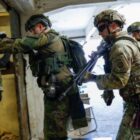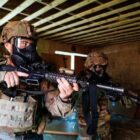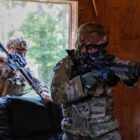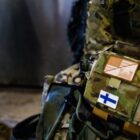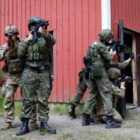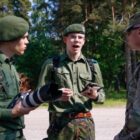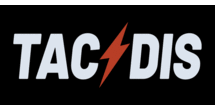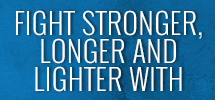
Ulm, 1 August 2022 – The sensor solutions provider HENSOLDT is strengthening its commitment to training for high-tech professions. At the start of the training year on 1 September, the company increased the number of training positions for apprentices and dual students at its Ulm site by another 20 percent from 192 last year to 234. The sensor specialist has thus doubled the number of apprenticeships since it was founded in 2017.
“The security of the future is increasingly determined by high technology, and thus by electronics, software and artificial intelligence,” says Peter Fieser, Chief Human Resources Officer at HENSOLDT AG. “That is why we at HENSOLDT take responsibility for the training of these specialists and thereby ensure our success. We practice this sustainable action in the interest of society and in the interest of our customers, who together with HENSOLDT take responsibility for a secure future. ”
In total, interested parties can choose from 78 training and study places in 18 professions of the future. In the dual study programmes, HENSOLDT focuses on the future fields of system engineering, embedded systems, data science and business engineering. Among the apprenticeships, the focus is on electronics technicians for devices and systems and industrial mechanics. In this way, the company will open up a professional future for more than 200 young people in particularly attractive, technologically promising occupational fields.
In the course of the apprenticeship or the dual study programme, HENSOLDT actively supports stays abroad, for example at the company locations in England, France or South Africa, as well as cross-location departmental rotations.
“After successful completion, all junior HENSOLDTians receive a permanent employment contract,” affirms training manager Werner Stockburger. “In order to ensure a smooth transfer to the specialist area that best matches the interests and skills of the trainees, they are given extensive insights into a wide variety of areas during their training and have the choice between a wide range of further training and development opportunities,” Stockburger adds.
HENSOLDT has already received several awards for its commitment to training, such as ‘Germany’s best trainers’ 2021 (Capital), Germany’s most attractive IT training company 2022 (Chip), SchuleWirtschaft Preis 2021 (Institut der Deutschen Wirtschaft/Bundesministerium für Wirtschaft). Many young professionals choose HENSOLDT because the company offers a wide range of career and development opportunities, such as extra-occupational support for Master’s students, even after their training or dual study programme.
At HENSOLDT’s Ulm site, around 3,000 employees are involved in the development and production of radars and electronic reconnaissance systems. A great many of these are engineers and technicians.


